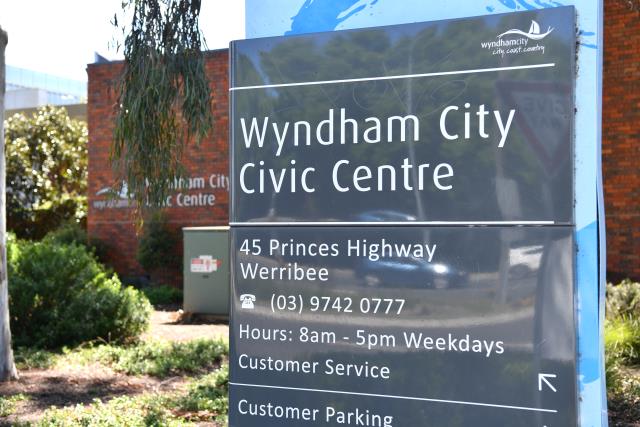AMBULANCE response times across Wyndham have blown out, with huge workloads pushing the city’s paramedics to breaking point.
Documents obtained under ‘freedom of information’ by the opposition show that average response times have increased by almost two minutes in Werribee and nearly 1½ minutes in Hoppers Crossing and Point Cook.
The figures compare the 2009-10 financial year with the 2011 calendar year and were sourced from the Victorian Auditor-General and an Ambulance Victoria document.
Ambulance Employees Association Victorian branch secretary Steve McGhie told the Weekly the figures reflected a system in crisis.
“At the very minimum, Wyndham needs another 24-hour ambulance branch,” he said.
“The growing population has resulted in higher demands on already under-resourced crews which are travelling much longer distances to get to patients. The government promised 310 new paramedics over four years, but we say the state needs 260 this year alone.”
A Wyndham paramedic, who did not want to be named, said crews were being stretched to the limit. “We’re now out on the road for an entire shift — we hardly ever return to our base and recharge,” he said. “As soon as we transport a patient to hospital, we’re being hurried up to go to another job. The Point Cook crew might go to Altona or the city and be the closest to a job in Broadmeadows and then be the closest to one in Heidelberg, so we’re ping-ponging across Melbourne, sometimes leaving our region uncovered.”
Altona Labor MP Jill Hennessy said Wyndham residents deserved better.
“Before the election, the government said that Victorians deserve the highest quality ambulance services and have the right to expect timely responses during emergencies,” she said.
Ambulance Victoria regional manager Simon Thomson said response times could be affected by a range of factors, including traffic, road and weather conditions, demand for services and crew availability.
“They [response times] are not the only measure of a quality ambulance service,” he said.
“We continue to see improvements in the more important measures of whether people live or die, and the quality of their life, for cardiac arrest, heart attack, stroke and head trauma patients.”







